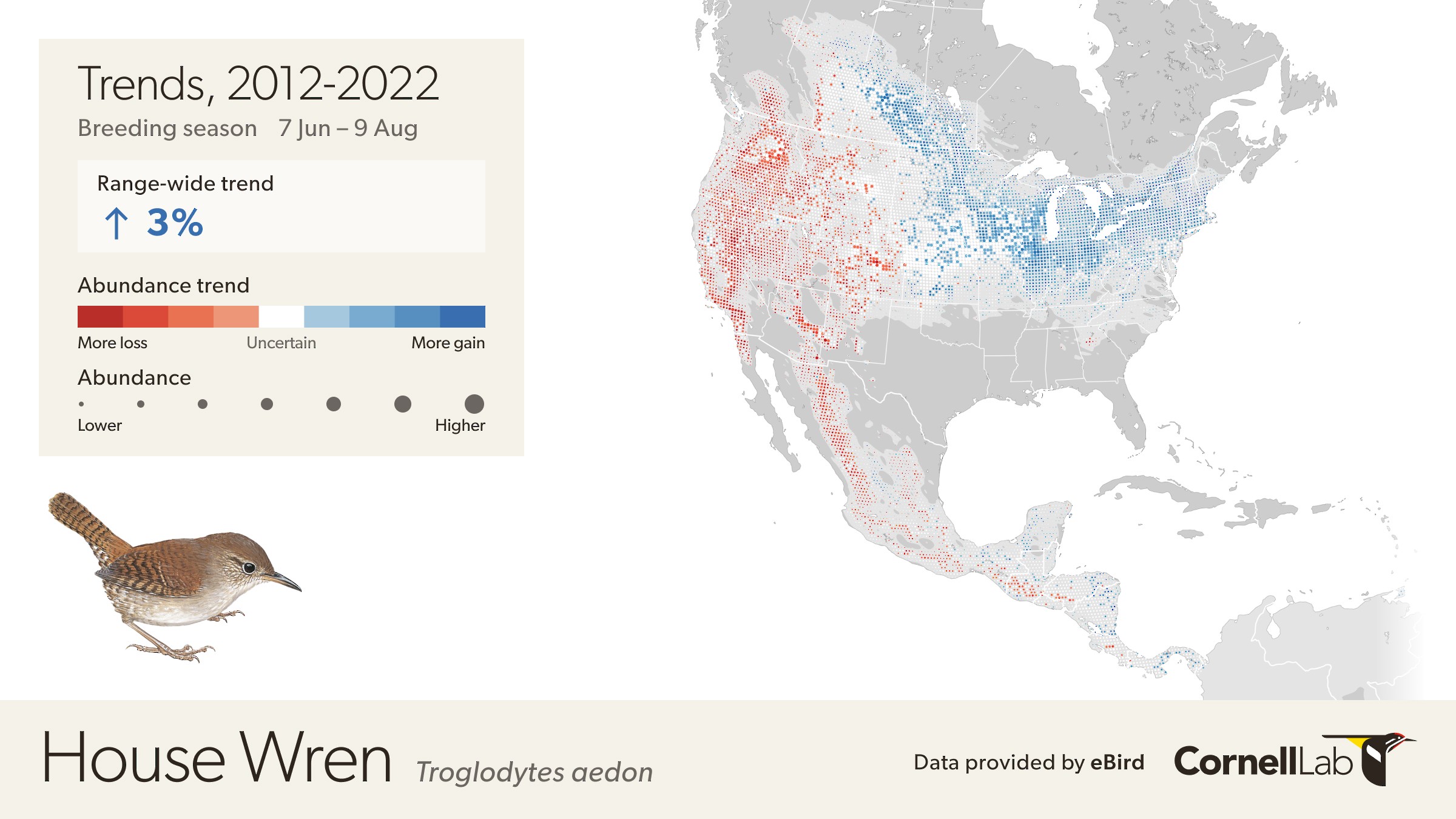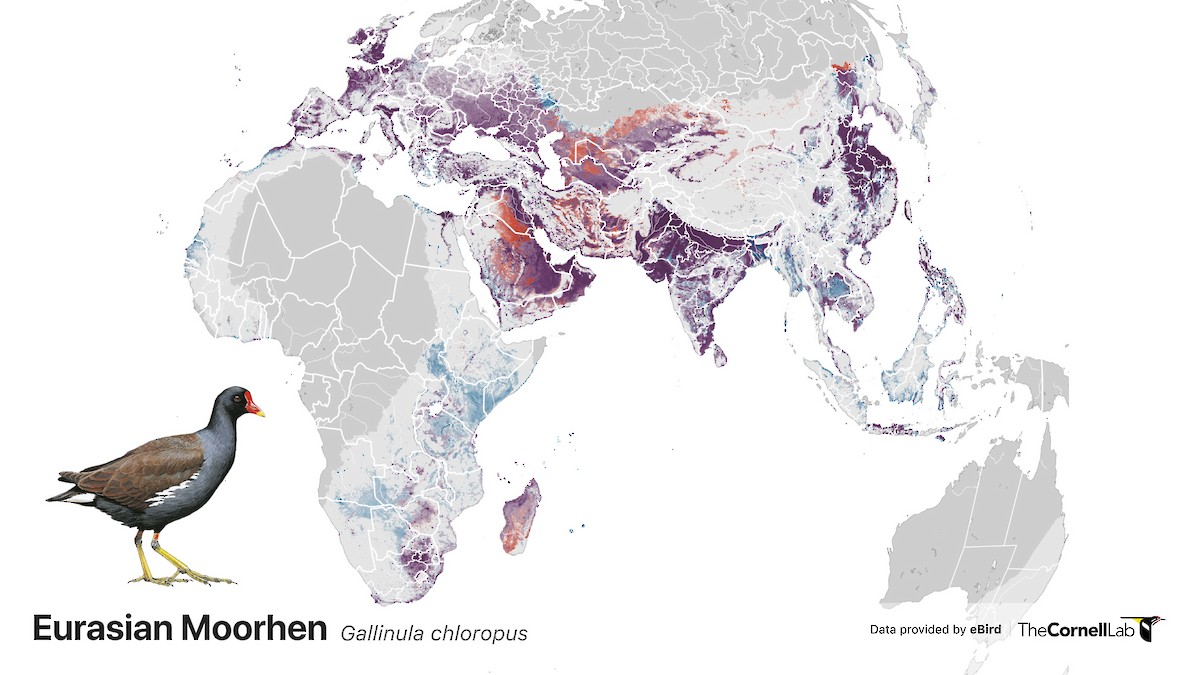
New Data and Tools for eBird Status and Trends
eBird Status and Trends products are updated annually with millions of new observations submitted by eBirders to provide the most up-to-date information on the status and trends of bird populations. This year, the team released new tools, added regional trends summaries, and made Trends data available for download.









